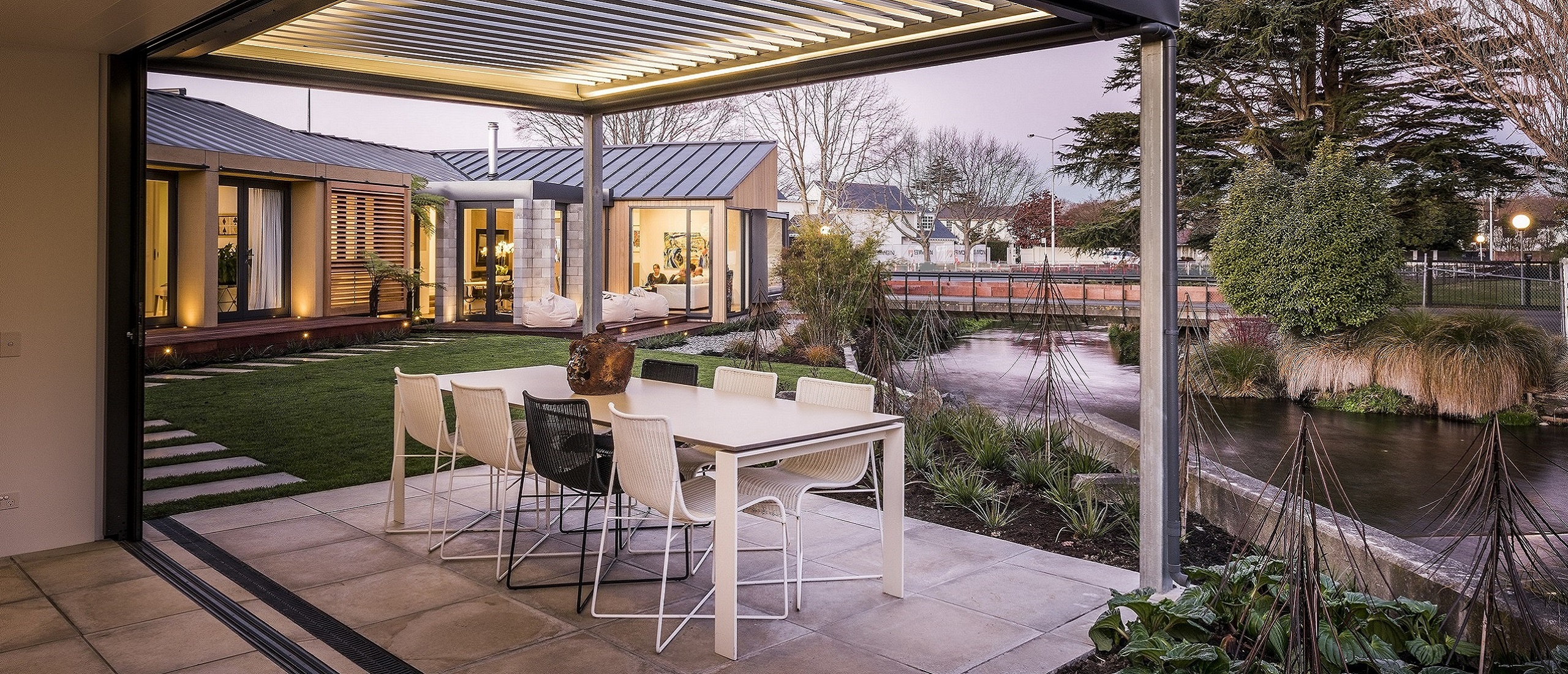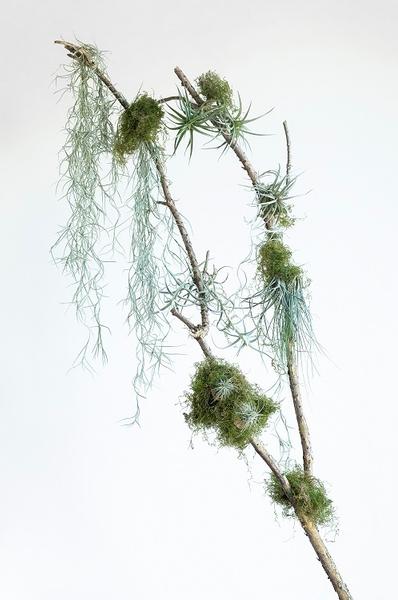Who doesn't adore a low-maintenance plant? Tillandsias are epiphytes, which means a plant that grows on another object or plant. The root system of an epiphyte is used for attaching to the plant rather than absorbing nutrients or water. Air plants rely on moisture in the environment to grow and thrive.
Because air plants don't need soil, you can get creative with how you choose to display them. Forage at the beach and create a sandy open terrarium or admire your plant by mounting it onto driftwood. |
|
Temperature and lighting
Indirect bright to indirect medium light is ideal for air plants. Air plants are hardy but keep them away from frost.
Feeding
Mist your air plant with Gro-sure Orchid Mist 'n' Feed for a gentle feed three times in the growing season. While the orchid food does have flowering properties, be patient if you want blooms. Air plants can take years to flower, and some only flower once in their lifetime.
Watering
Contrary to their name and popular belief, air plants do not live off the air; they do need moisture to survive. Air plants have trichomes, which are tiny hairs on their leaves, and they appreciate a twice-weekly mist to remain healthy. However, depending on your home's temperature and humidity, a soak once a fortnight in water for 30 minutes is essential to combat the extent to which heat pumps and fires dry out the air. If you want to be an extra good air plant parent, use room temperature rainwater or water that has sat out for a few days for the chlorine to evaporate. You can tell you have overwatered your air plant if it remains a dull grey colour for an extended period.





